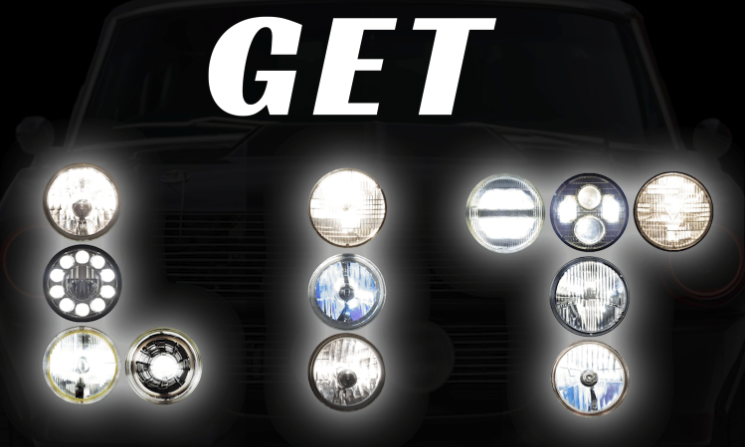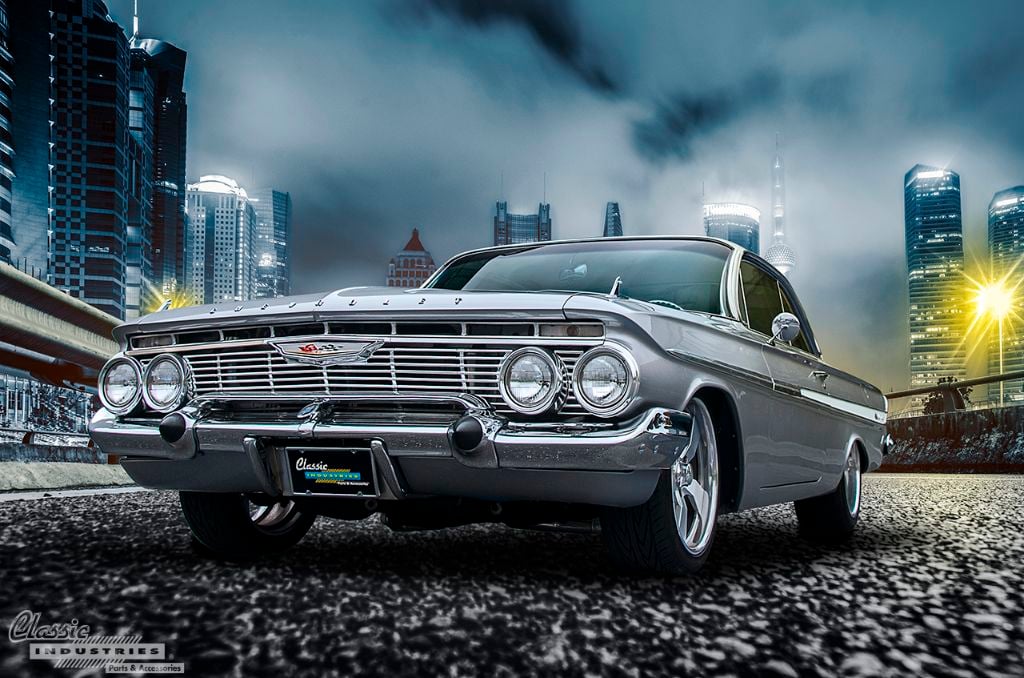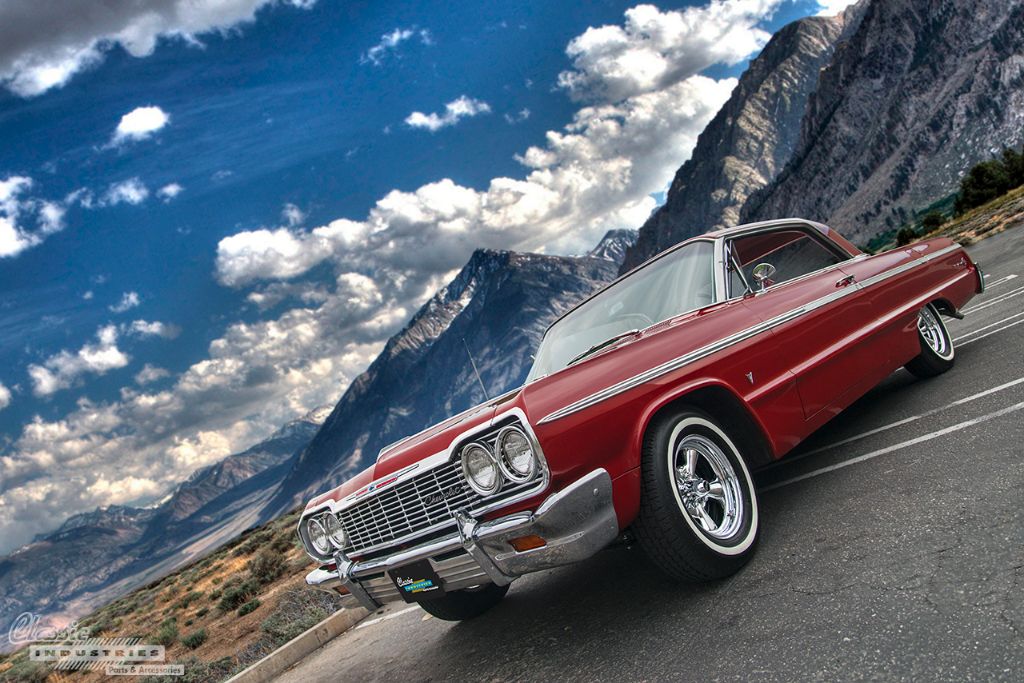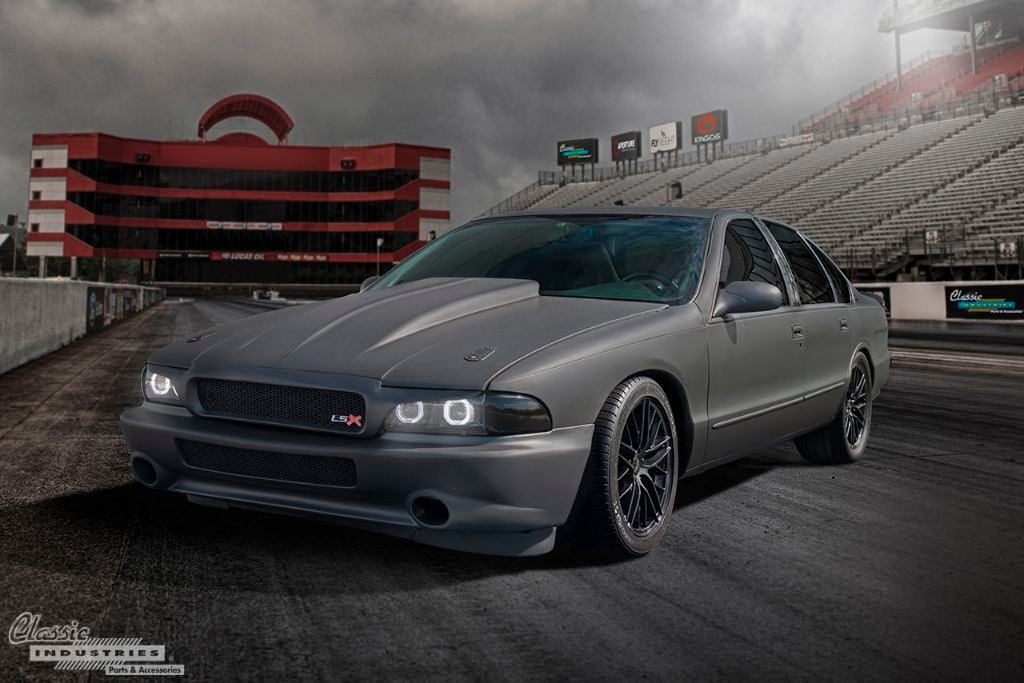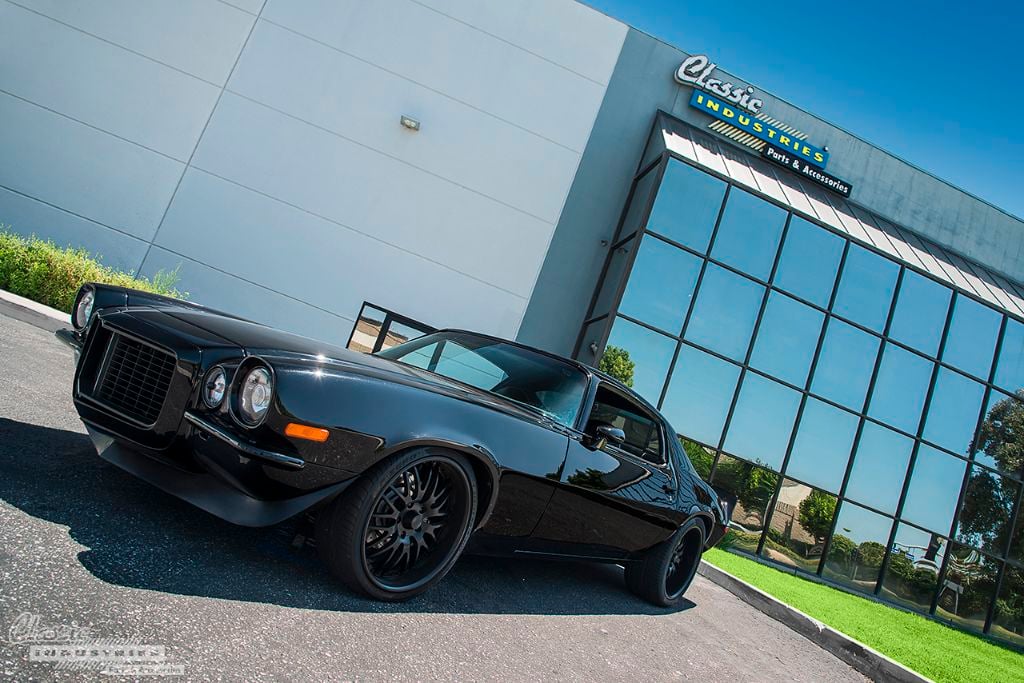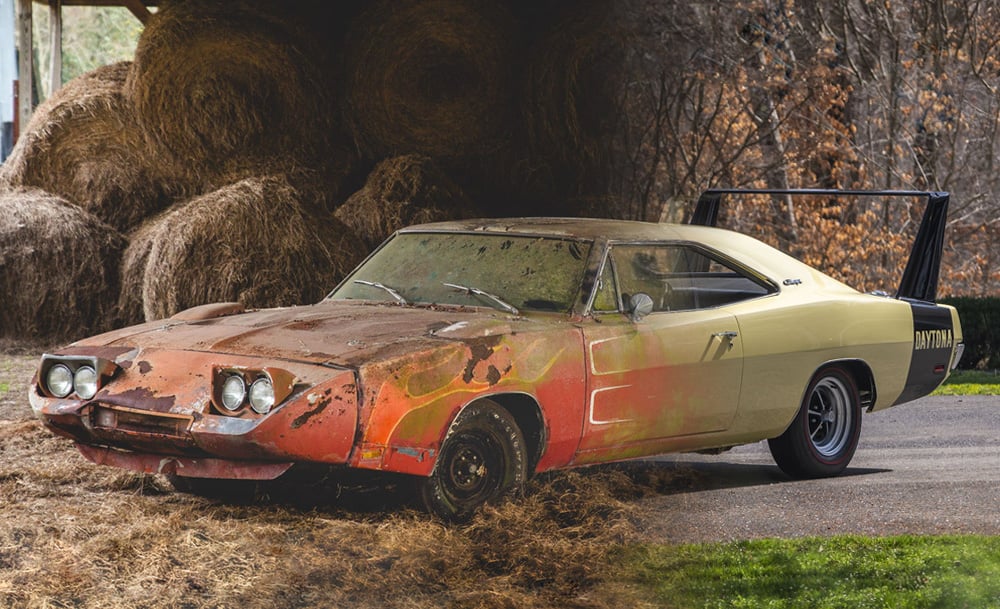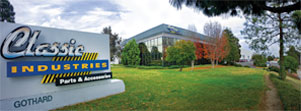Upgrading your American muscle car or truck with a new set of headlights not only enhances the vehicle's visual appeal but also improves drivability and safety. Whether you're restoring a classic muscle car or giving your modern muscle truck a makeover, selecting the right headlights can make a big difference. In this buyer’s guide, we’ll explore the features, advantages, and benefits of 10 top headlight brands for muscle cars and trucks: Dapper, Oracle, Delta, OER Authorized, Holley RetroBright, J.W. Speaker, Redline Lumtronix, United Pacific Antique Lights, Quake LED Headlights, and Octane Lighting Headlights. Each brand offers unique features to suit different needs, from sleek aesthetics to cutting-edge lighting technology.



